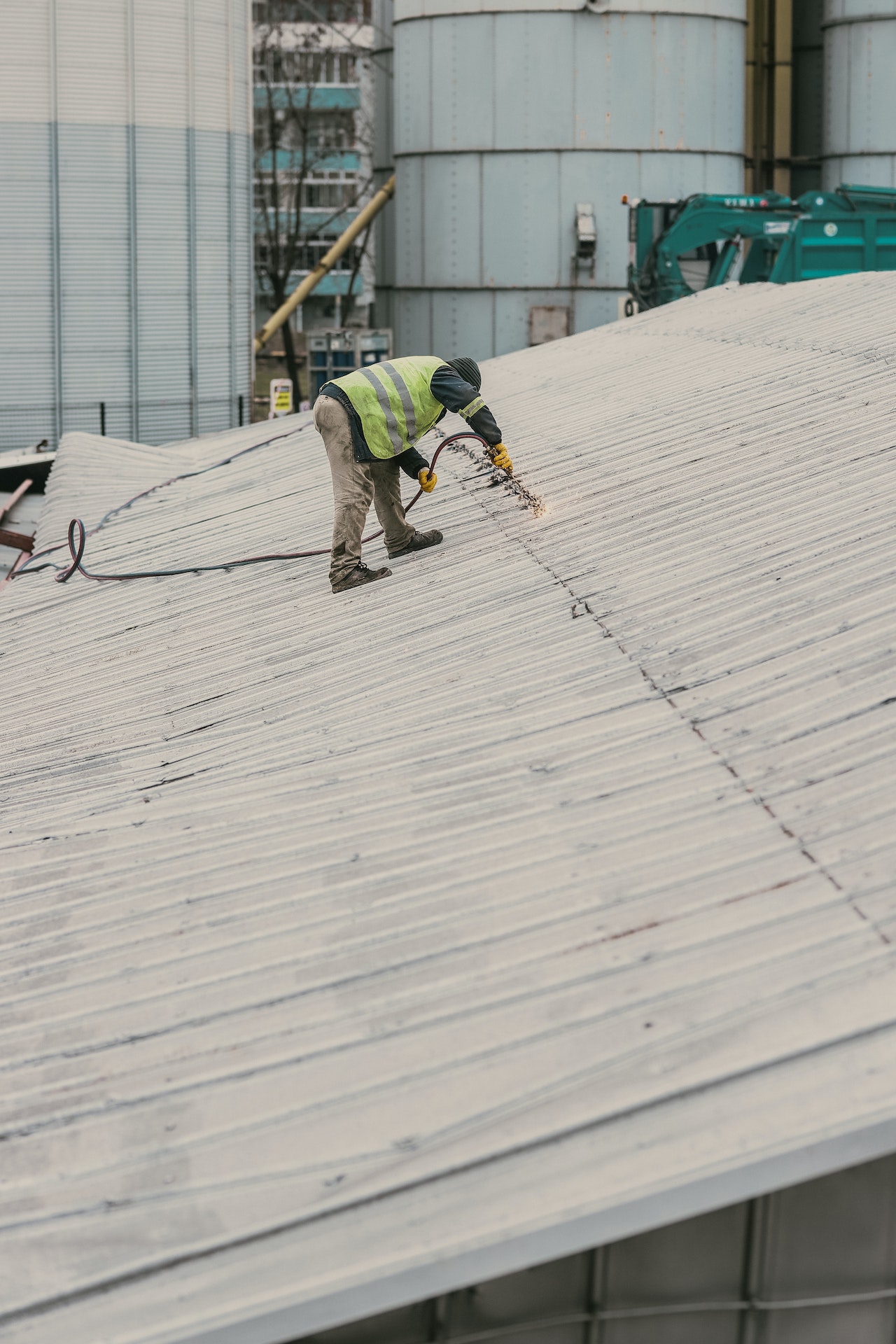Each homeowner realizes that the roof is a key essential components of their house. It is the first line of defense against the elements, so knowing how weather impacts your roof is vital. From intense sun to heavy rain and snow, different climatic factors can considerably influence the durability and state of your roofing system. This manual will assist you understand the intricacies of maintaining your roof and replacement, ensuring that you are prepared and ready for any environmental challenges.
As you examine the multiple factors that affect the performance of roofs, you will understand how to identify the indications that it might be time for a new roof, what types of roofing work most effectively in different climates, and how to manage typical roofing problems. Whether you are thinking about a simple repair or a total replacement, grasping the relationship between weather and roofing can allow you to make the best decisions for your home and safeguard one of your most significant assets. Let's dive into the essential aspects that every homeowner should understand about caring for the roof and maintenance in the amidst changing weather conditions.
Grasping Rooftop Durability and Renewal
When evaluating the roof's lifespan, it's crucial to understand the duration of different materials normally endure. Bitumen shingles can last around 20 to 30 years, but metal roofing choices often have a lifespan of as much as half a century or more. Tile roofs are renowned for their durability, frequently lasting more than seventy-five years. Understanding these timelines helps property owners prepare for potential replacement and budget accordingly.
Knowing the time it’s appropriate for a new roof is crucial to preventing further damage. Routine inspections can reveal conditions such as missing shingles, significant wear, or water damage that suggest the necessity for replacement. Residents should be aware of the signals and seek qualified advice prior to making decisions. In doing so, they can keep small issues from evolving into high-priced repairs.
Substitution involves not only picking shingles; it necessitates meticulous consideration of weather resistance, material types, and installation practices. Whether opting for a roof tear-off or overlay, knowing the best installation techniques is important for long-term durability. Through planning and researching thoroughly, property owners can guarantee their new roof stands up against the elements and offers peace of mind for a long time.
Common Roofs Issues plus Solutions
Homeowners frequently come across a variety of roof issues that can impact their roof's functionality and durability. One of the most frequent issues is leaking, generally caused by compromised roof shingles, faulty seal, or improper fitting. To resolve leakage, it's important to conduct frequent checks to identify problem areas early and perform required repairs. Householders should ensure that any compromised roof materials are changed quickly to stop more water intrusion, which can lead to serious harm inside the property.
Another common problem is the growth of moss and fungal development, which can weaken roofing materials over a period. my site happens in shaded areas or in climates with elevated humidity. Homeowners can avoid this by maintaining adequate attic ventilation and cutting protruding branches to increase sun access. Additionally, there are specific cleaning products that can be used that can be safely and effectively used to roofs to get rid of existing moss growth and stop upcoming development.
Ultimately, storm damage is an exceedingly frequent concern that can range from missing roof tiles to extensive framework harm. After a storm, property owners should conduct a comprehensive inspection of their roof structure and look for signs of harm, including marks, breaks, or missing parts. If any harm is observed, it's wise to contact a skilled roofer for fixes to ensure the roof structure is brought back to its optimal condition and to prevent further problems down the track.
Weather-Proofing The Roof: Crucial Tips
When it comes to safeguarding the roof from the elements, consistent upkeep is important. Start by arranging inspections at a minimum of twice per year, ideally in the spring and autumn. These inspections will assist in identifying minor issues before they escalate into major issues. Pay attention to signs like absent shingles, damaged tiles, or leaks, as these indicate that the roof may need fixes. Early detection is crucial to extending the life of the roof and preventing costly replacements.
Choosing the best roofing materials can greatly enhance the roof's strength against weather conditions. For instance, asphalt shingles are a popular choice due to their affordability and performance, but metal shingles offers superior longevity and resistance to harsh weather. Tile roofing is another good option, providing both aesthetic appeal and resilience. When choosing materials, consider your regional climate and the specific weather challenges you face, such as snow, ice, or high winds.
Another crucial aspect of weather-proofing the roof is ensuring proper ventilation and insulation in your attic. Adequate ventilation prevents heat accumulation, which can lead to ice dams in winter, while proper insulation helps maintain a consistent temperature, reducing stress on the roof. Additionally, investing in high-quality underlayment can provide an added layer of protection, especially in regions prone to heavy rain or snowfall. Ultimately, taking these proactive measures will help safeguard the roof against the elements and extend its durability.

